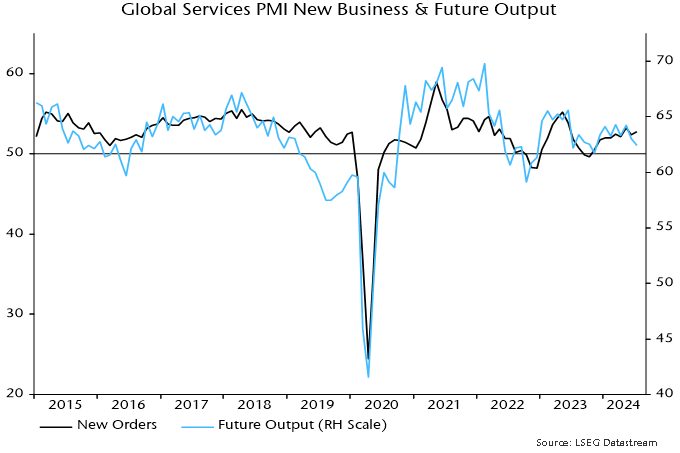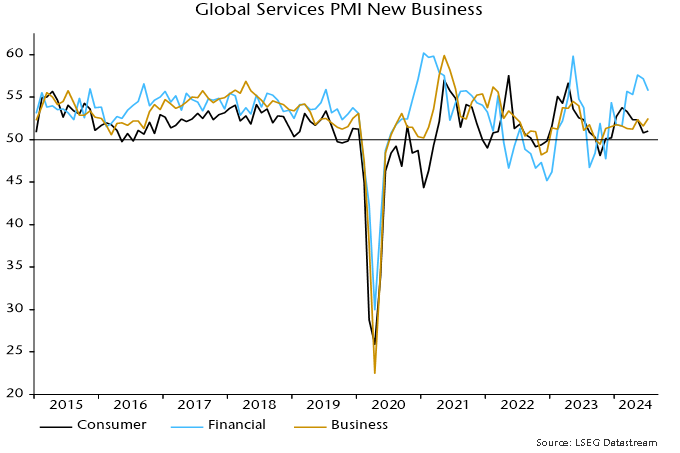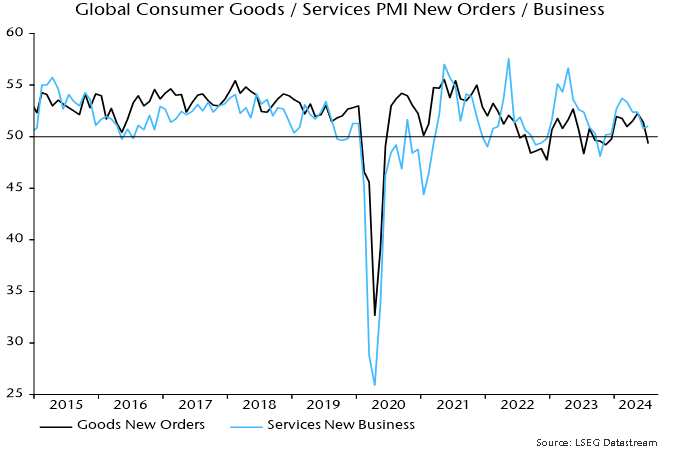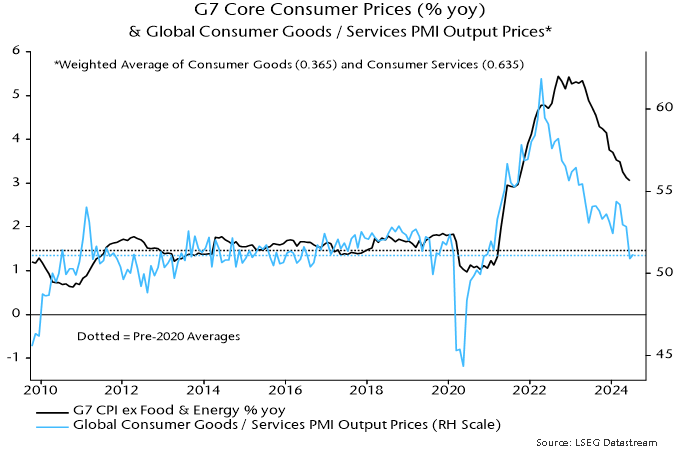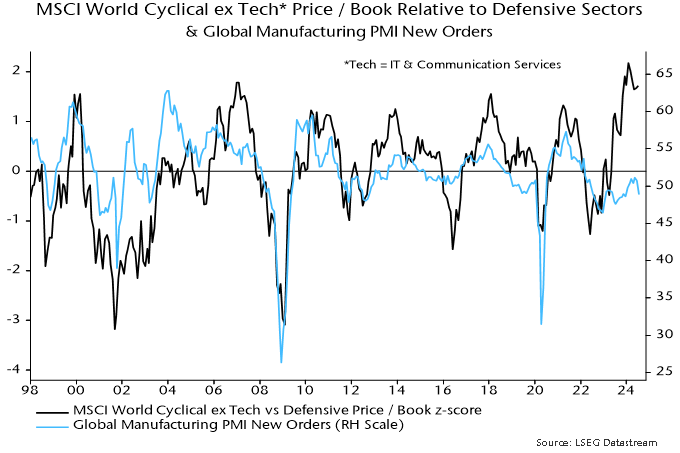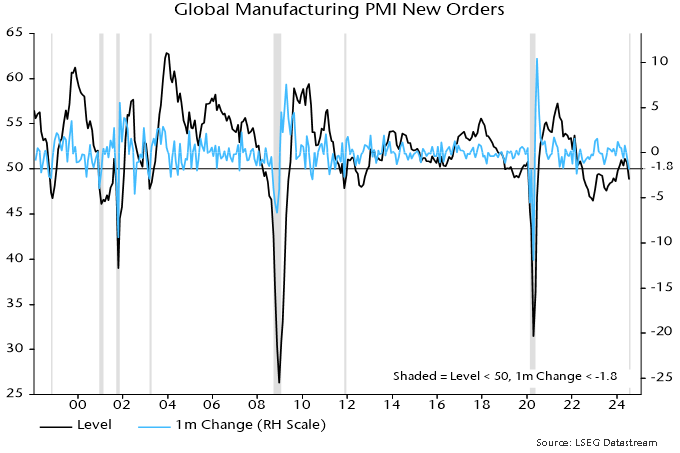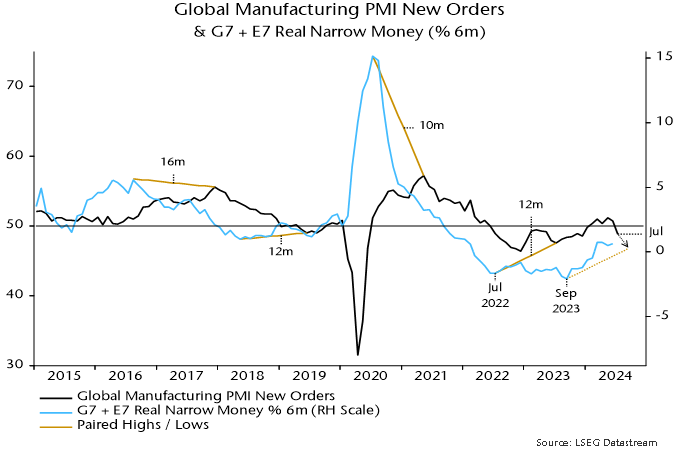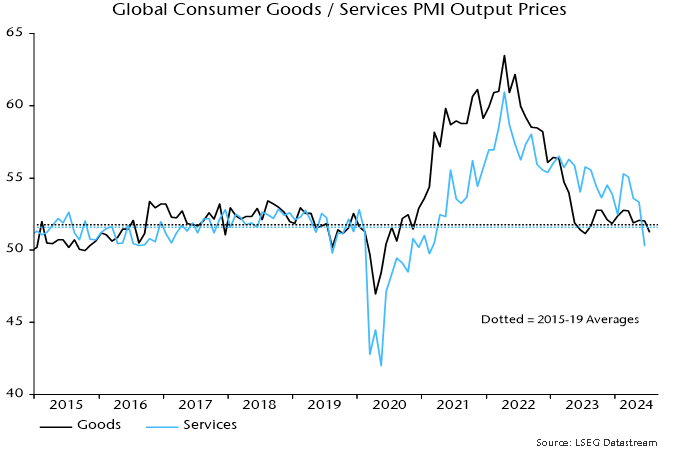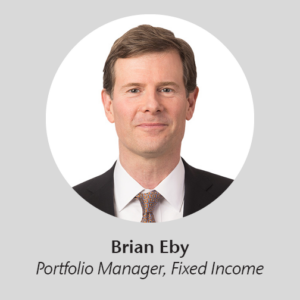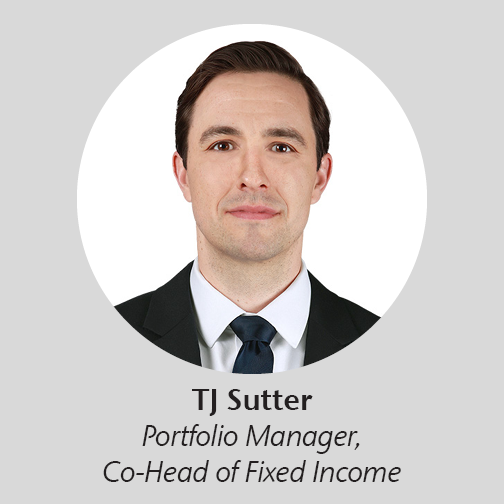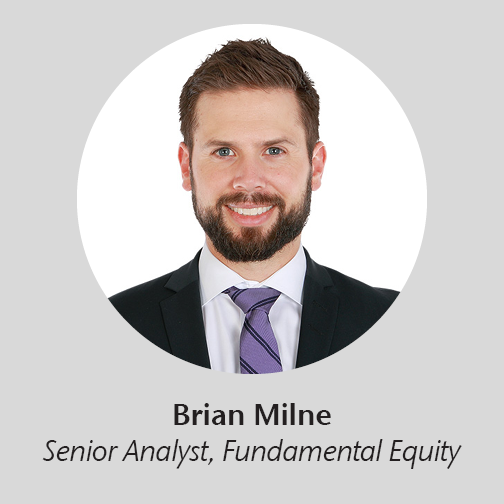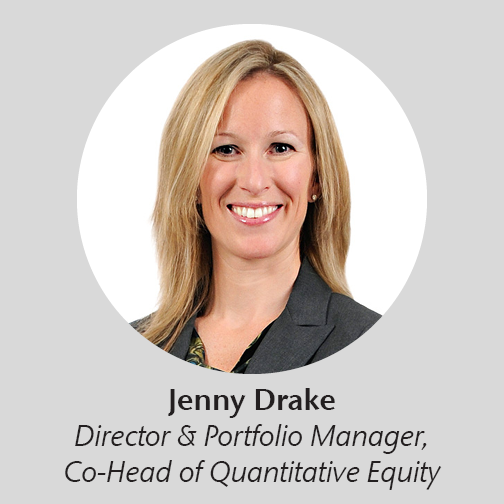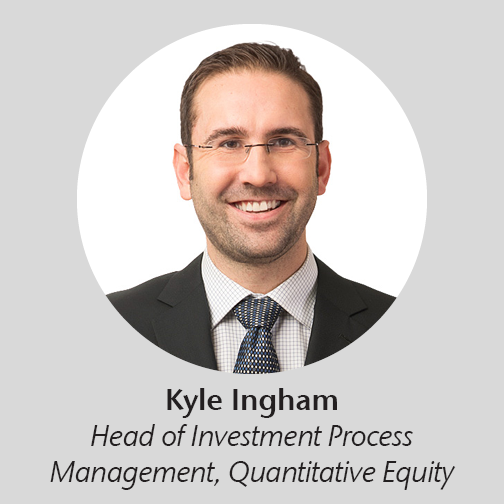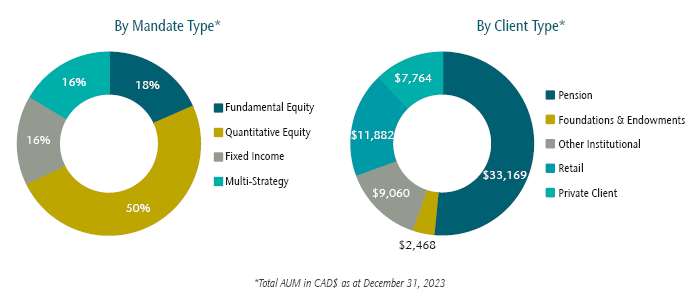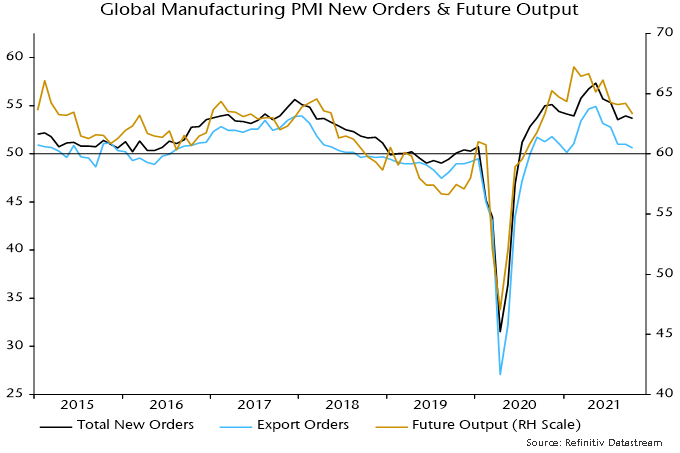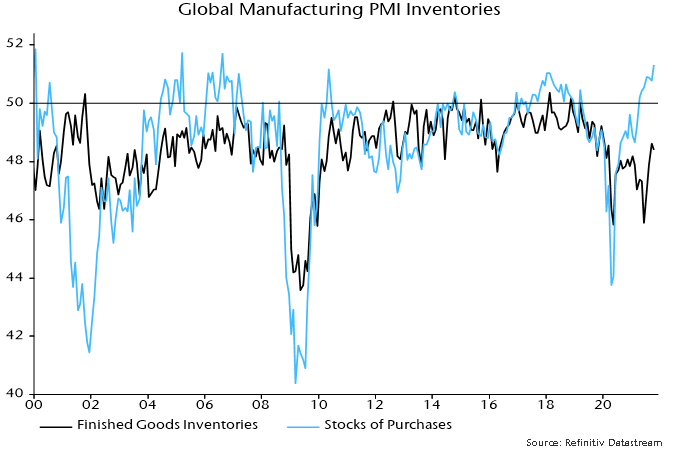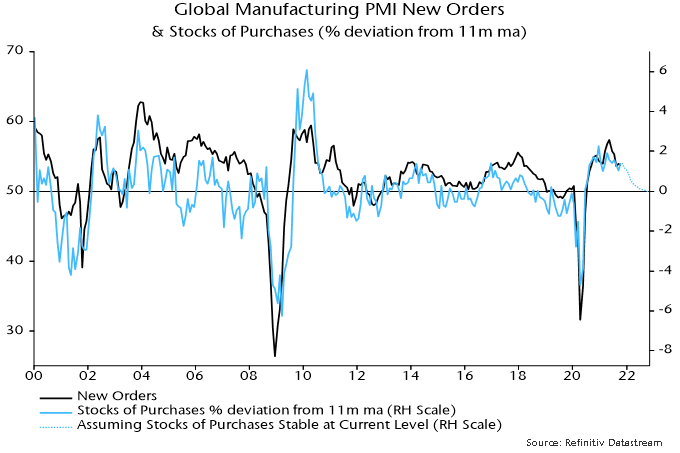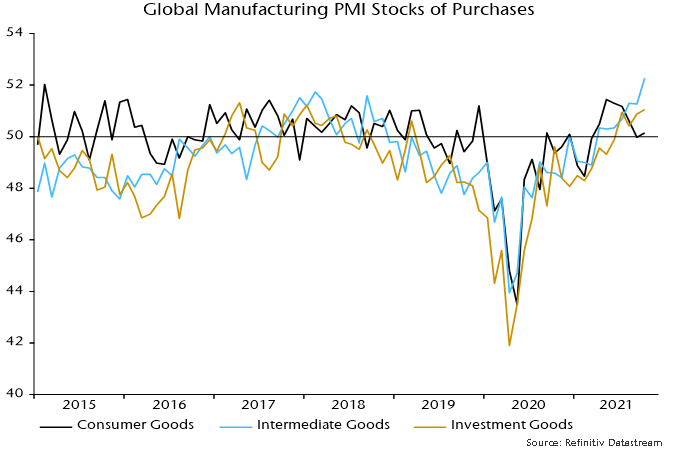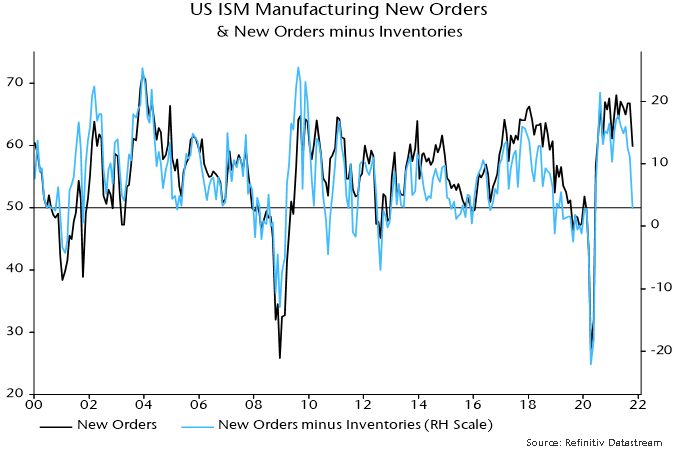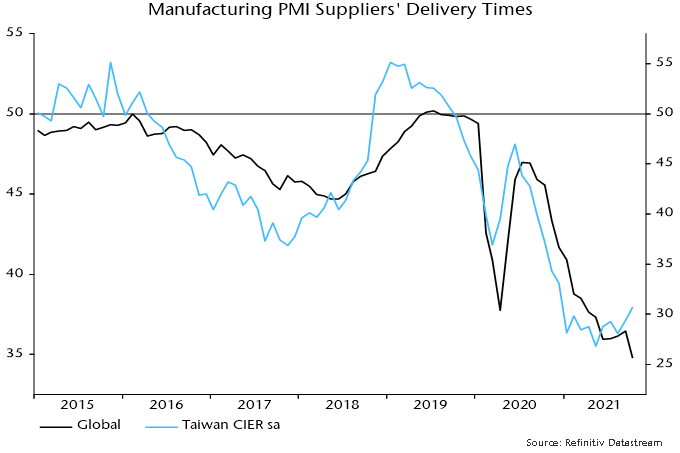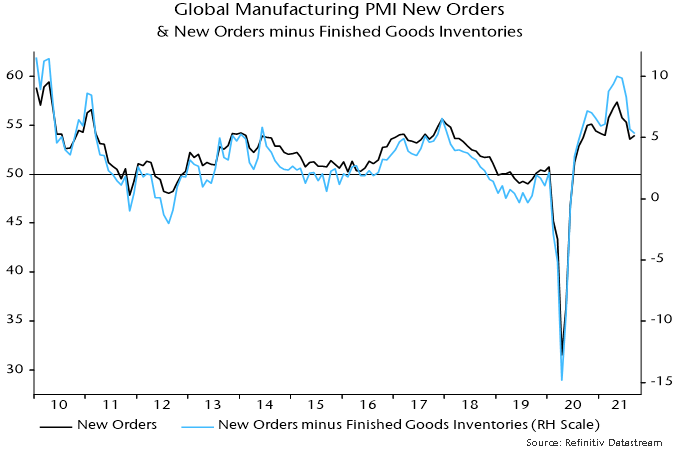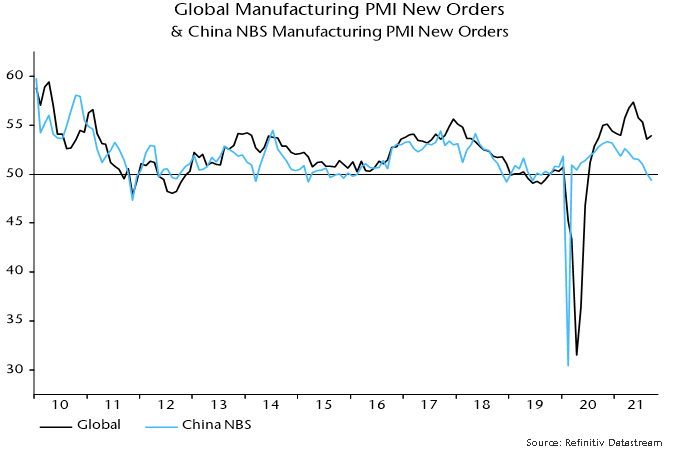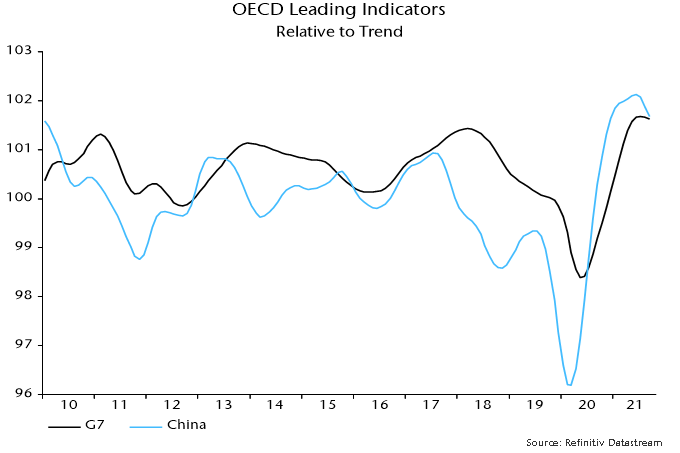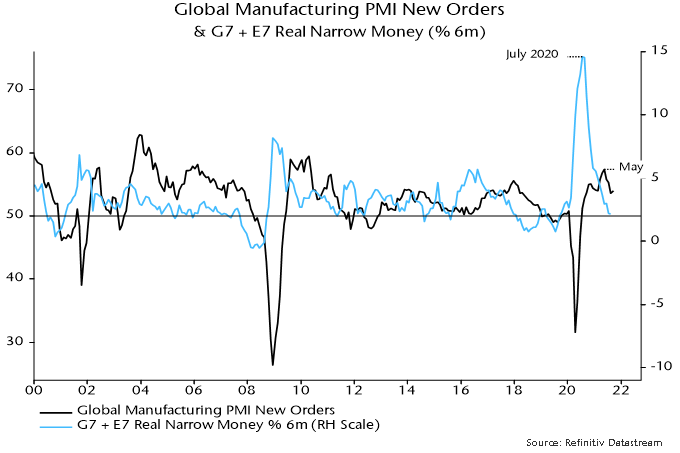
At the heart of our organization is the commitment and desire to provide superior performance and service to our clients. Our primary objective is to meet our clients’ expectations while ensuring our people are highly motivated and enthusiastic. This requires that we keep the business narrowly defined on what we do best, and endeavour to remain at the cutting edge of research and development initiatives within financial markets.
Valuing Our Client Partnerships
Each year, we take the opportunity to provide our clients with an update on our business, outlining how we are directing our efforts within CC&L Investment Management (CC&L) to fulfill our commitment to delivering investment performance and superior client service.
Despite periods of market volatility in 2024, the year will likely be remembered for a favourable macroeconomic backdrop of accommodative monetary policy in a resilient economy. The era characterized by low inflation and low interest rates – which fueled robust investment returns for many years – is behind us. The persistent threat of inflation, combined with higher interest rates over the medium to long term, presents a more challenging environment for investors. As we enter 2025, we anticipate increased market volatility in a late-cycle environment. For a comprehensive review of our investment outlook, please see our 2025 Financial Markets Forecast.
Our business structure provides stability and keeps us focused on maintaining a long-term horizon. We have successfully navigated diverse investment environments since our company’s inception in 1982. Regardless of the operating environment, we are committed to creating the internal conditions necessary to fulfill our commitments to clients. Our ability to do so begins and ends with the quality of our people and the strength of our relationships. As our teams continue to grow, we remain committed to investing in our people through career development and leadership programs. Our focus is on enhancing skillsets, strengthening the depth of our teams and investment processes, and planning for succession. We are dedicated to preserving a strong alignment of incentives which has allowed us to fulfill our commitments to clients while ensuring our people remain motivated and enthusiastic.
This year, we would like to acknowledge our client partnerships. We have the privilege of working with over 200 clients worldwide. In the past five years, we have welcomed more than 100 new clients. These new partnerships include clients from Canada, the United States, Europe, Asia and the Middle East. Notably, among them are several of the largest pension funds in the world. Equally important, we deeply value the longstanding relationships we have built with our early clients, with more than a third of them entrusting us with their assets for over a decade. These enduring partnerships reflect our commitment to understanding evolving client needs and developing tailored investment solutions. Through collaboration with clients, and in many cases their investment consultants, most of these longstanding mandates have evolved to include new or enhanced investment solutions since their inception.
The expansion of our investment and risk management capabilities and client base have meaningfully transformed our business. We firmly believe that the investments we have made and innovations driving this transformation will deliver long-term benefits for all our clients.
In closing, I extend my sincere gratitude to our clients for your trust, confidence and continued partnership.
Sincerely,

Martin Gerber
President & Chief Investment Officer
Our People
In 2024, our firm continued to grow, welcoming 18 new hires and bringing our personnel count to 135. Our business also benefits from the broader CC&L Financial Group, which employs 441 professionals supporting business management, operations, marketing and distribution.
Our firm’s stability and specialization remain key drivers of our business. Succession planning and career development are central to our approach, ensuring continuity and long-term success.
We are pleased to share that several employees were promoted to Principal, effective January 1, 2025, in recognition of their important and growing contributions to our firm.

CC&L’s Board of Directors is also pleased to announce the promotion of new business owners, effective January 1, 2025, in recognition of their leadership and impact in their roles.

Fixed Income
Throughout 2024, TJ Sutter partnered with David George as Co-Head of Fixed Income, sharing the responsibility for investment decisions, business operations, team management and strategic direction of the team. TJ has now assumed full leadership, with David transitioning to an advisory role until his retirement on December 31, 2025. TJ joined CC&L’s Board of Directors in 2025, succeeding David.
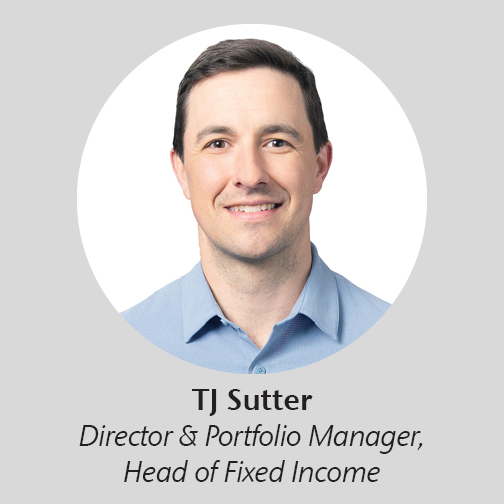
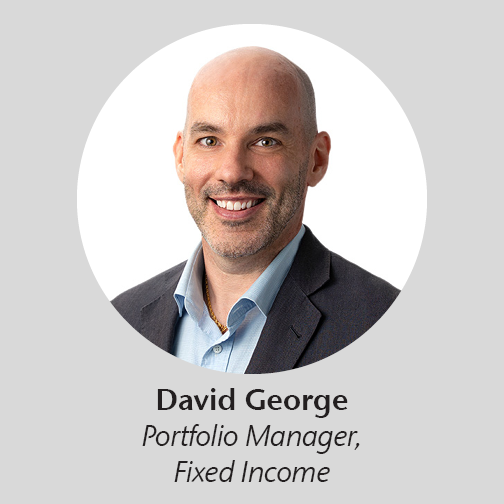
Over the past three years, we have worked with Simon MacNair, Portfolio Manager, on a gradual succession plan to transition his portfolio construction responsibilities to several key individuals on the team. This process will be completed by year-end when Simon officially retires.
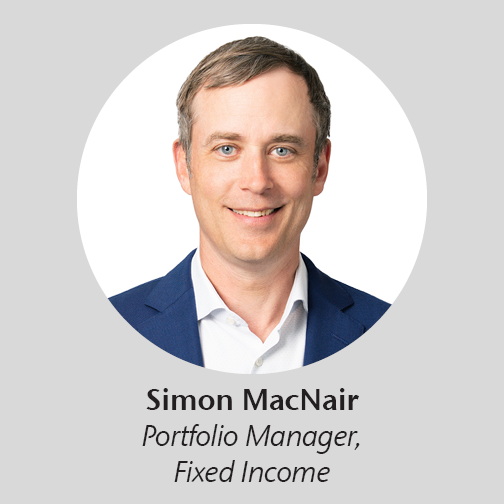
The portfolio construction functions have been undertaken by sub-teams, with leaders in each area who have progressively assumed greater responsibility and became business owners in 2025.
-
- Derek Poole joined the fixed income team in 2015 as a trader. He became a Principal in 2018 and has had increasing responsibilities over the past seven years, which now include oversight of implementation and management of the trading team.
- Tim Wilkinson joined the team as a trader in 2011 and became a Principal in 2015. Tim handles the investment process management of all fixed income portfolios. This includes the development and management of proprietary tools and models used in-house for trading, spread analysis and quantitative research.
- Alicia Wu joined the team in 2017 and became a Principal in 2020. She transitioned from investment process management into a portfolio construction role in 2021. She is responsible for overseeing risk management and portfolio construction processes.
In 2024, the team launched a “core plus” strategy that complements the unique and successful CC&L Universe Bond Alpha Plus and Long Bond Alpha Plus strategies. In the new CC&L Core Plus Fixed Income Strategy, the “plus” is delivered by specialist teams within the CC&L Financial Group affiliates. The strategy offers diversified returns from high-yield bonds, commercial mortgages and emerging market corporate debt. The team is also seeing inquiries into investment solutions where it has unique capabilities, including absolute returns and alpha overlays.
Fundamental Equity
Over the past several years, the fundamental equity team has been developing the next generation of investment leaders. The team welcomed a new trader and analyst covering the technology sector in 2024. In addition, Michael McPhillips, Portfolio Manager & Research Head, was identified as the future CIO of the team. The primary functions of the CIO role are setting equity strategy, leading the portfolio management team and overall team investment leadership. Michael will transition into the role over the coming years, working closely with co-heads Gary Baker and Andrew Zimcik. Michael is a business owner and has been a fundamental equity team member since 2013.

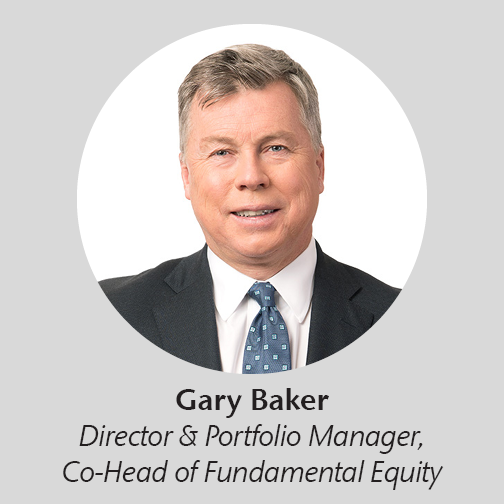
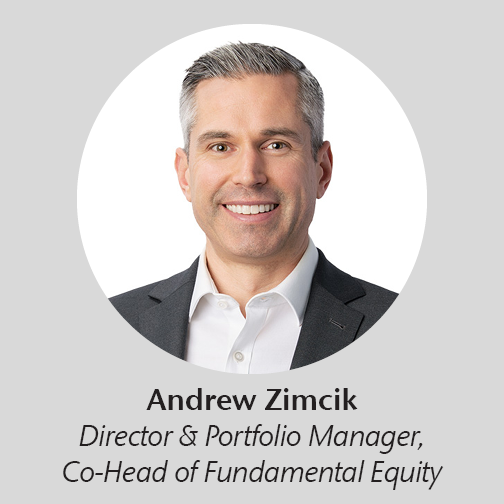
Joe Tibble, Trader, became a business owner in 2025. Joe joined CC&L in 2022. His experience on both the sell-side and buy-side enabled him to step into the role seamlessly and take on greater responsibility on the trading desk.
The team continues to deliver on clients’ investment objectives across the different fundamental equity strategies. The team’s investment philosophy and process are unchanged, and we believe will continue to benefit our clients in the future. The unique features of our investment approach include always maintaining coverage of all Canadian stocks, strict target price discipline, incorporating macroeconomic research into stock and sector selection, and rigorous risk management.
Quantitative Equity
The team grew to 79 members, with 13 new hires in 2024. Investment professionals were added to all sub-teams during the year. Investment in leadership resources across sub-teams will continue at a similar pace this year. The steady growth of the team reflects the need to continually expand and reinvest in our capabilities as the size and scope of the quantitative business has grown.
Graeme McCrodan became a business owner in 2025. Graeme joined the firm in 2012 as an analyst on the Investment Process Management (IPM) team, moving to the research team a few years later. Over the course of his tenure, Graeme has led increasingly complex research projects. He introduced some of our first alpha signals leveraging new techniques to process large, complex datasets. Graeme now leads our research data onboarding effort, which plays a critical role in the research team’s ability to continue to develop unique and valuable strategies.
To support continued growth in international markets, the firm’s pooled fund structures were expanded. This includes our Europe-based UCITS Fund platform for non-US-based investors, a Collective Investment Trust (CIT) platform in the US for ERISA-regulated pension plans, and a Cayman platform for US and other eligible global investors. The investment we have made will allow us to continue to diversify the regional exposure of our client base.
Client Solutions
Over the past year, Phil Cotterill, Head of Client Solutions, has been executing on his succession plan, working closely with Calum Mackenzie on all aspects of team leadership. This transition will continue through 2025, with Phil acting in an advisory capacity. Calum joined the firm in 2023, bringing significant experience from prior leadership roles. In 2025, he was appointed to CC&L’s Board of Directors. Phil joined the firm in 1993 as an analyst on the fundamental equity team, later serving 13 years as a portfolio manager before leading the client solutions team. After more than 30 years at CC&L, Phil will retire on December 31, 2025.


The team is proud to be the recipient of a Greenwich Quality Leaders award in Canadian Institutional Investment Management Service Quality for 2024.1 The award recognizes firms that deliver superior levels of client service that help institutional investors achieve their investment goals and objectives.
Responsible Investing
Last year, we developed several new tools for use in our fundamental equity and fixed income investment processes. These tools include a sector materiality matrix and ESG controversy data monitoring. The focus in 2025 will be on continued integration of these tools into each team’s research process and the monitoring of outcomes to identify areas for further improvement. In 2024, we incorporated carbon metrics for our equity portfolios in our third-quarter reports and plan to extend this reporting to our fixed income portfolios later in 2025.
Business Update
Assets Under Management
CC&L’s AUM increased by CA$12 billion in 2024 to CA$76 billion as of December 31, 2024. We are pleased to report that our business continued to grow through new client mandates across all investment teams. In 2024, CC&L gained 30 new clients and 10 additional mandates from existing clients totaling CA$8 billion. Most new mandates were for quantitative equity strategies from global institutional investors.
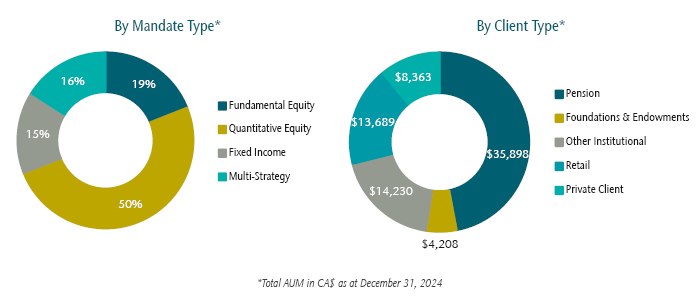
Final Thoughts
We sincerely appreciate the trust and support of our clients and business partners. We look forward to continuing to help you achieve your investment objectives in the years ahead.
1From February through September 2024, Coalition Greenwich conducted interviews with 115 of the largest tax-exempt funds in Canada. Senior fund professionals were asked to provide quantitative and qualitative evaluations of their investment managers, assessments of those managers soliciting their business, and detailed information on important market trends. CC&L did not provide Coalition Greenwich with any compensation for this survey.

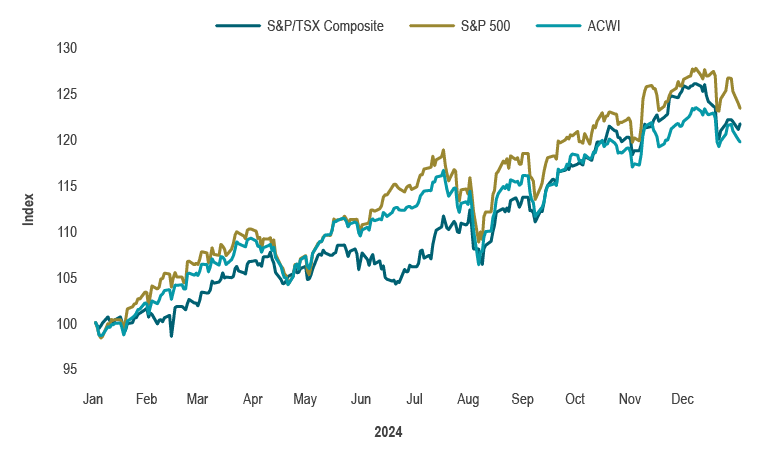 Source: TMX, S&P Global, MSCI, Macrobond
Source: TMX, S&P Global, MSCI, Macrobond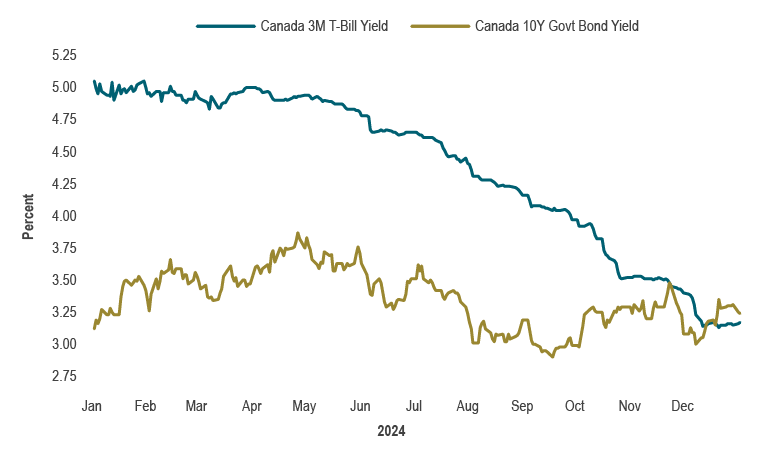 Source: Macrobond
Source: Macrobond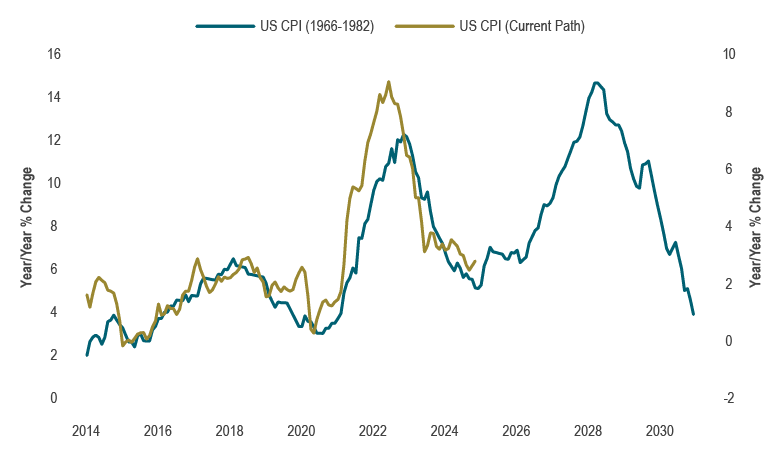 Source: BLS, Macrobond
Source: BLS, Macrobond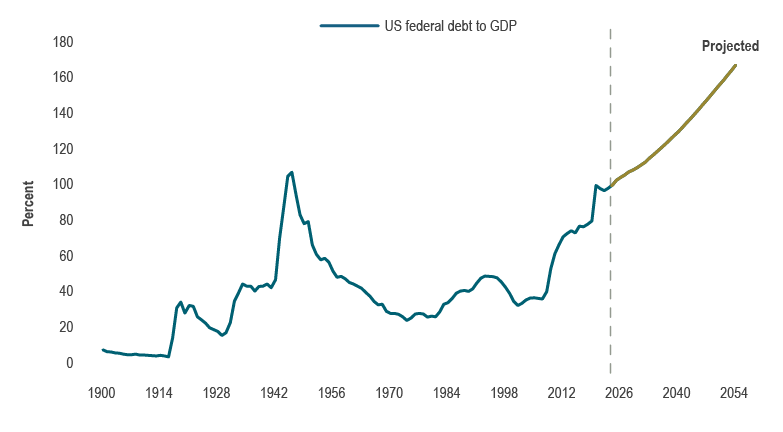 Source: CBO, Macrobond
Source: CBO, Macrobond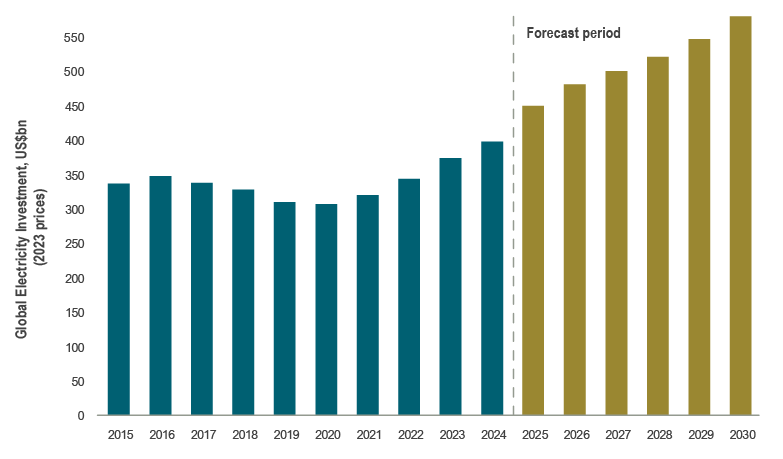 Source: IEA
Source: IEA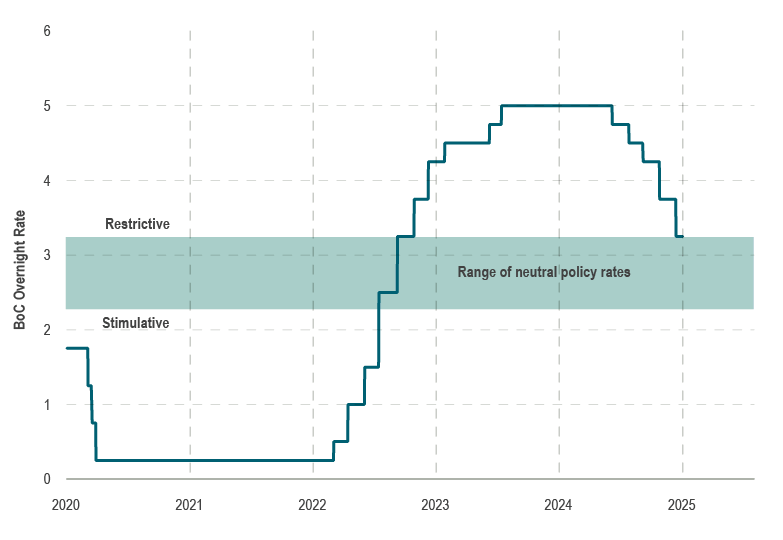 Source: BoC, Macrobond
Source: BoC, Macrobond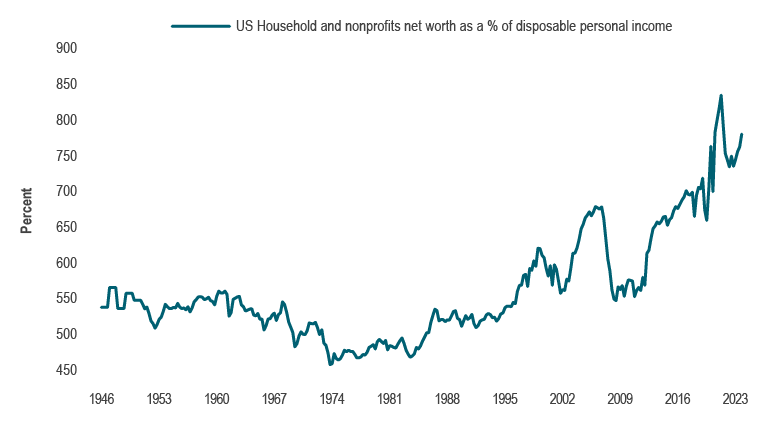 Source: Fed, Macrobond
Source: Fed, Macrobond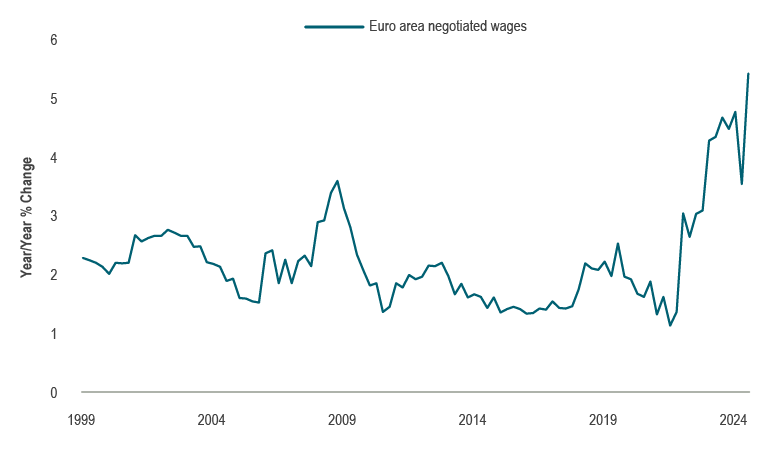 Source: ECB, Macrobond
Source: ECB, Macrobond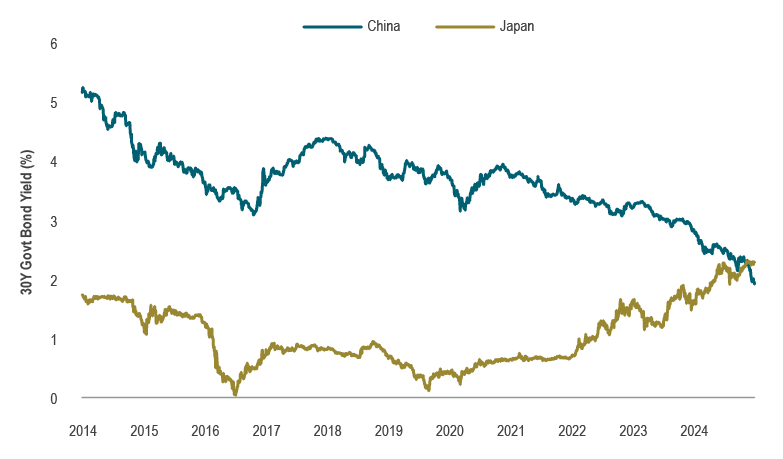 Source: JBT, Macrobond
Source: JBT, Macrobond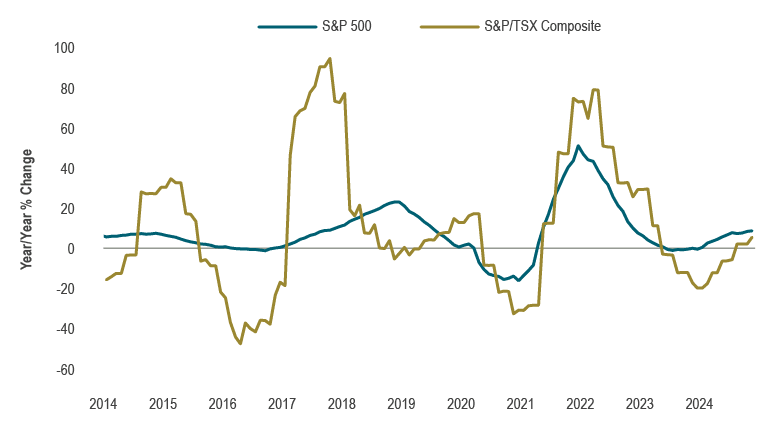 Source: I/B/E/S, Bloomberg, Macrobond
Source: I/B/E/S, Bloomberg, Macrobond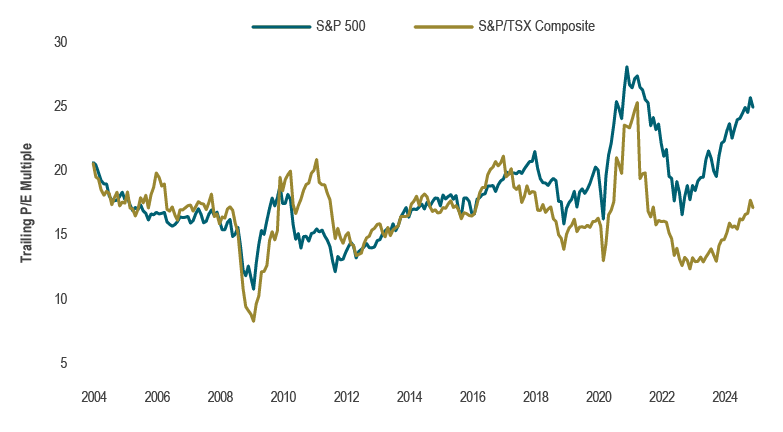 Source: I/B/E/S, Bloomberg, Macrobond
Source: I/B/E/S, Bloomberg, Macrobond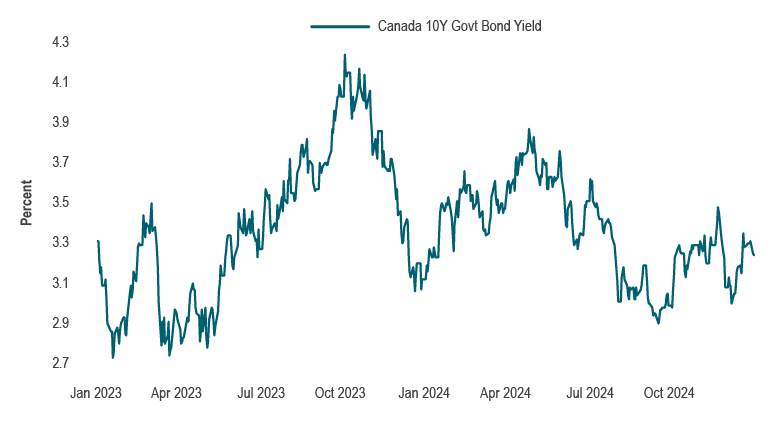 Source: Macrobond
Source: Macrobond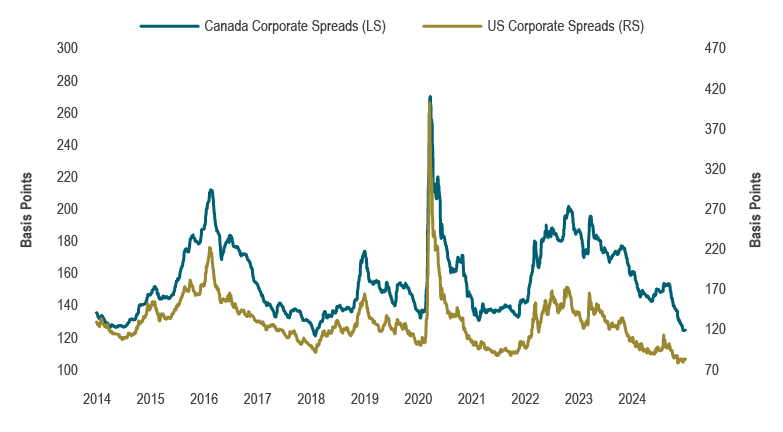 Source: FTSE Global Debt Capital Markets Inc., Connor, Clark & Lunn Investment Management Ltd., ICE BofA Indices
Source: FTSE Global Debt Capital Markets Inc., Connor, Clark & Lunn Investment Management Ltd., ICE BofA Indices
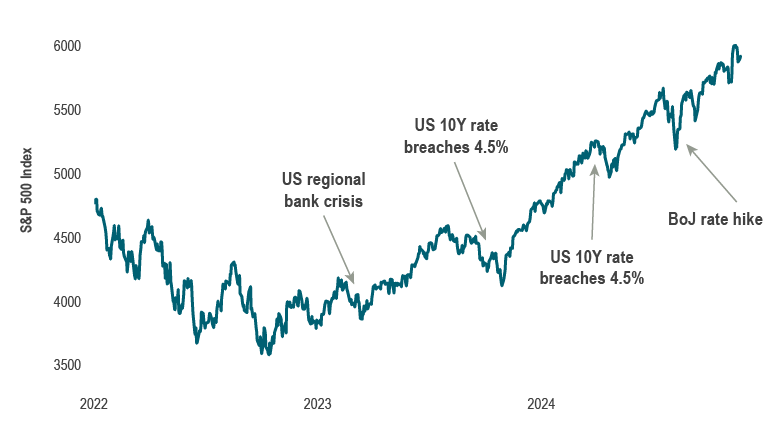

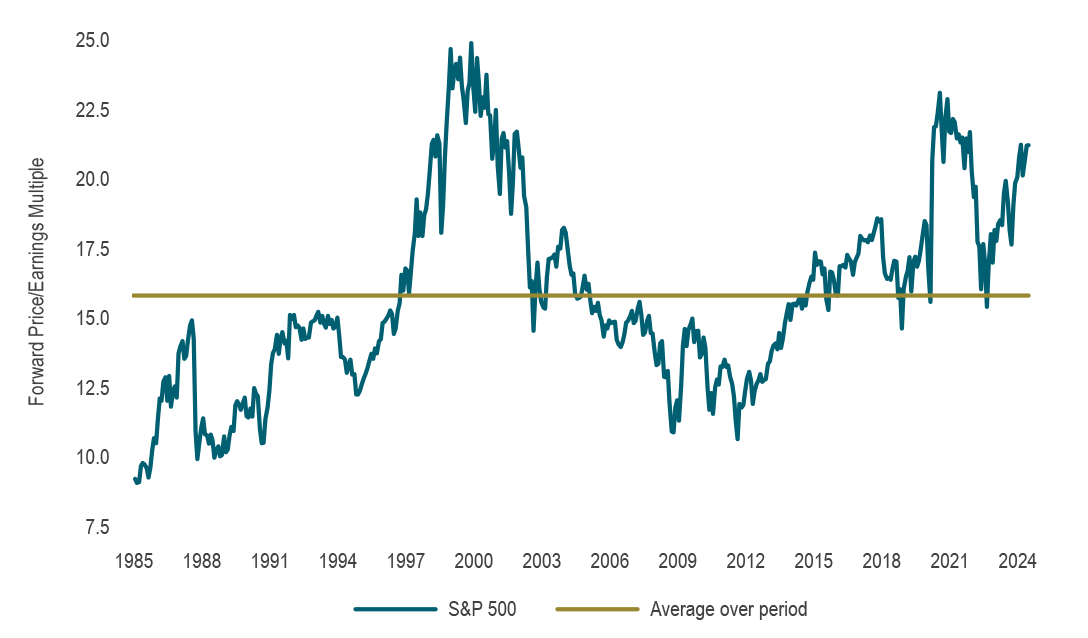 Source: I/B/E/S
Source: I/B/E/S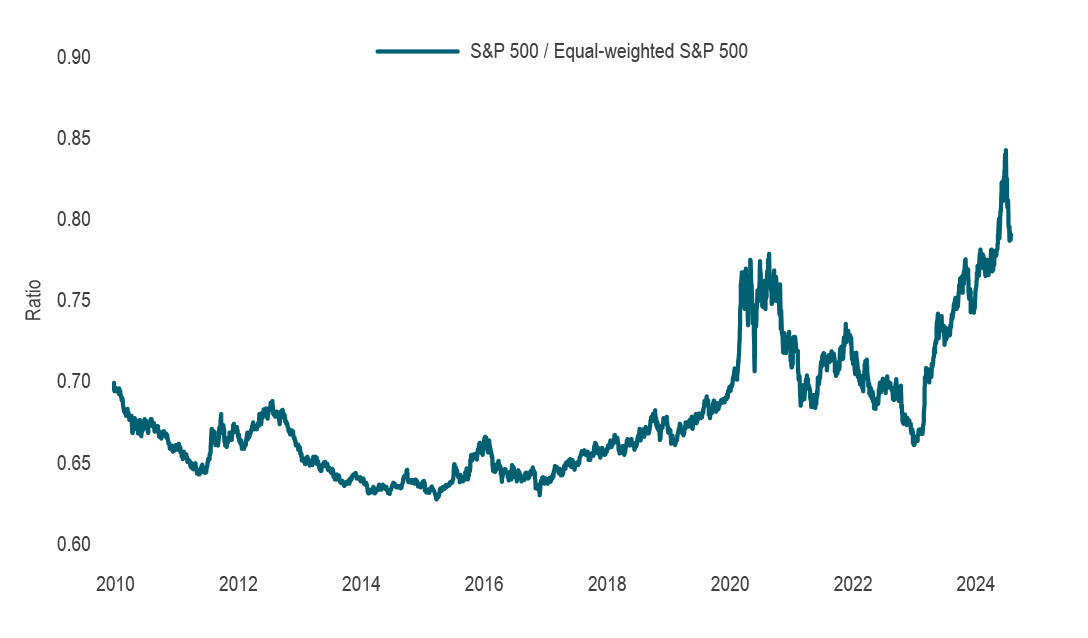 Source: S&P Global, Macrobond
Source: S&P Global, Macrobond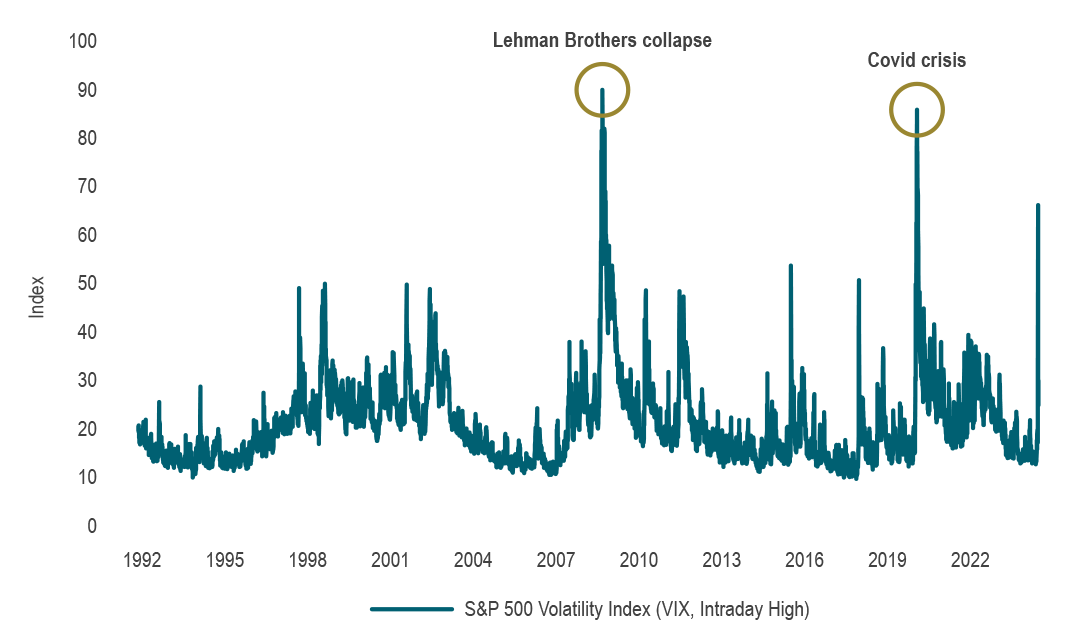 Source: Chicago Board Options Exchange (CBOE), Macrobond
Source: Chicago Board Options Exchange (CBOE), Macrobond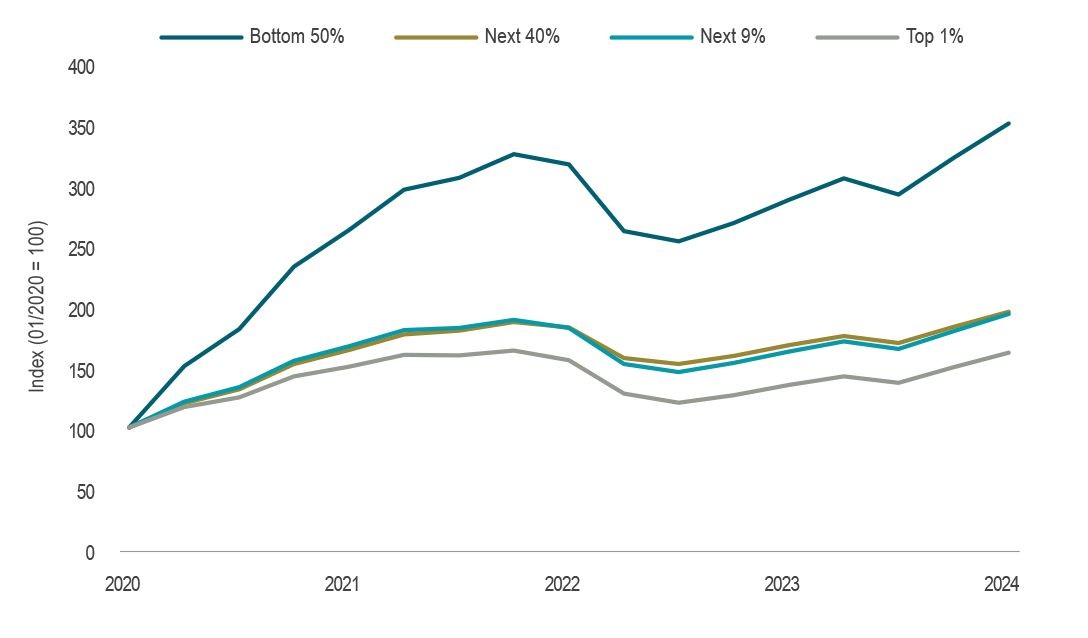 Source: Federal Reserve, Macrobond
Source: Federal Reserve, Macrobond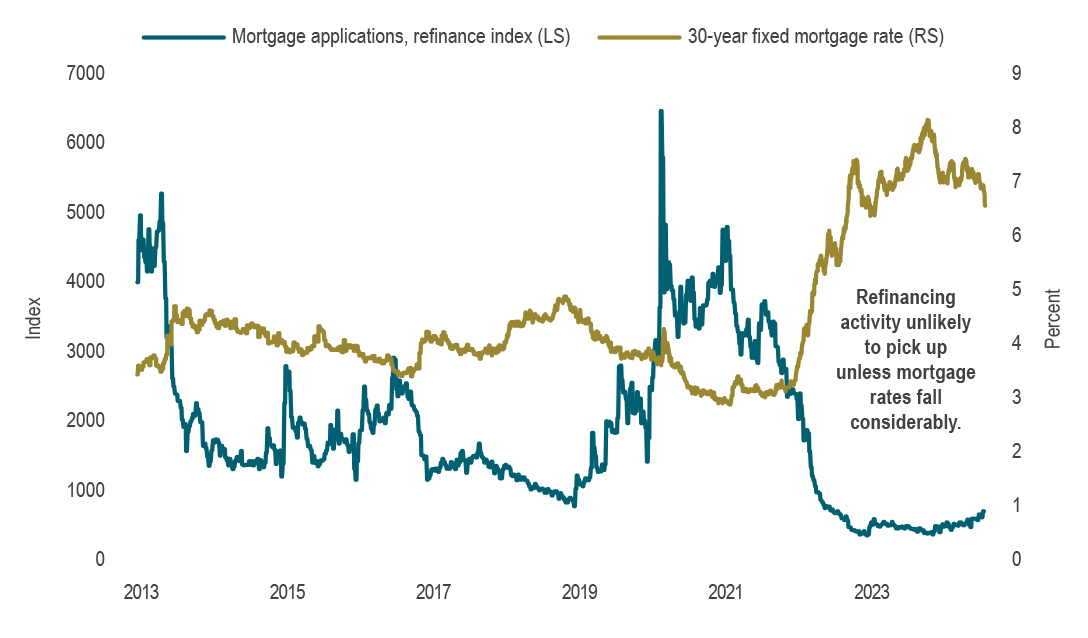 Source: MBA, Bankrate, Macrobond
Source: MBA, Bankrate, Macrobond